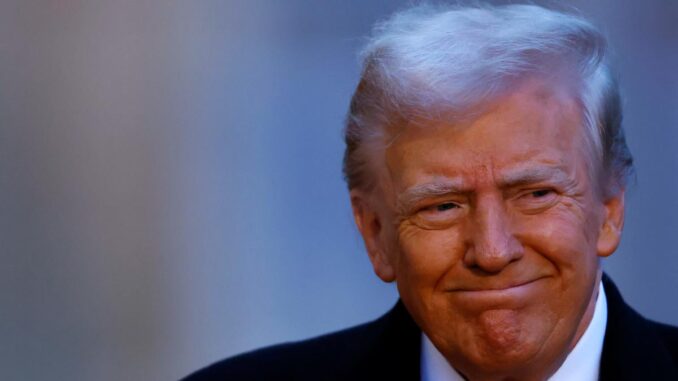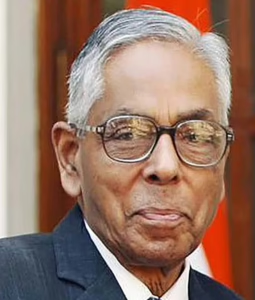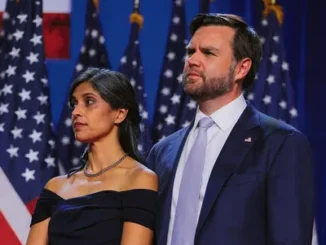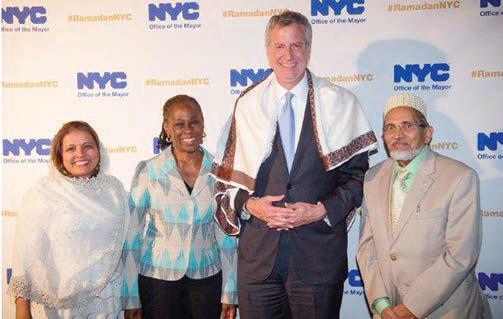
There is every reason to believe that U.S. President-elect Donald Trump would be inclined to view India more favorably than others

Confirming the adage that the victor takes all, the stunning victory achieved by Donald Trump in the 2024 United States presidential election has transformed perceptions of him across the globe. There is many a reference to him being the most consequential American President since Franklin Delano Roosevelt, and of defining a new political era for America and the world. Similar hyperbolic statements have been made to the effect that following his latest victory, ‘the world lies at Trump’s feet’.
President-elect Trump is an enigma, and may remain so even after he takes office. Whether he would fit the description of being an iconoclast remains to be seen, but he is known to challenge ‘cherished beliefs or venerated institutions on grounds that they are erroneous or pernicious’. Having also taken control of both the House of Representatives and the Senate, the incoming President seems unstoppable.
With few restraints remaining, speculation is rife about what he may do, including whether he could strike a deal with Russian President Vladimir Putin, over Ukraine, impose still greater burdens on Iran to bring down the temperature in West Asia, and find ways and means to rein in Israel.
It appears almost certain that Mr. Trump’s foreign policy priorities would be Europe, West Asia and China. Mr. Trump has been openly critical of the North Atlantic Treaty Organization, and even more so of Europe’s pusillanimous attitude to defense issues, but this does not mean that he will be ready to sacrifice Ukraine to ensure peace in Europe. His approach is also unlikely to be transactional in nature and, hence, giving up on Ukraine for ensuring peace in Europe appears highly unlikely. Mr. Trump would, however, expect Europe to contribute far more towards its defense, but is again unlikely to raise the stakes still higher, to avoid Ukraine turning into a conflict that implicitly takes on the character of a third world war.
The incoming President’s approach to the West Asia crisis is likely to be still more circumspect, notwithstanding speculation to the contrary. While both Ukraine President Volodymyr Zelenskyy and Israel’s Prime Minister Benjamin Netanyahu have sought to ingratiate themselves with him, Mr. Trump is unlikely to be taken in by such maneuvers. Anyone who is familiar with Mr. Trump’s thinking and his family business dealings, would know what his priorities are likely to be and where they lie. On what specific terms Mr. Trump would agree to a modus vivendi in West Asia is still in the realm of speculation, but prolongation of the conflict on Israel’s terms appears highly unlikely.
There is much greater certainty in what Mr. Trump’s approach and attitude towards China would be. China heads the list of Mr. Trump’s ‘enemies’, followed by North Korea and Iran, with Russia bringing up the rear. It is certain that as President, Mr. Trump would raise the stakes as far as China is concerned on economic and trade issues, including tighter export controls, and raising tariffs on Chinese exports to unprecedented heights. He is, however, likely to avoid any rash actions, conscious of the fact that China’s Peoples’ Liberation Army has been steadily preparing to confront the U.S. for quite some time and cannot be easily trifled with. The U.S. is also aware that China is known to possess the world’s largest hypersonic arsenal, having missiles that can fly and maneuver at more than five times the speed of sound. China may be Mr. Trump’s enemy number one, but this is no reason to think that he would resort to any rash moves, that may well lead to a wider conflagration.
Taiwan would remain a potential flash point. Nevertheless, like Sumo wrestlers, the U.S. under Mr. Trump and China under President Xi Jinping are more likely to test the ground reality, before embarking on a conflict that will not stop with Taiwan, the Pacific region or East Asia. Existing U.S. alliances with nations in Asia and Australasia are certain to be strengthened, and already established links with Australia, Japan and South Korea would be further intensified. Yet, as President, Mr. Trump is unlikely to act as a guarantor of peace across the region, and one to be paid for by the U.S. exchequer. Notwithstanding the impatience that he displays at present, there will be certain limits as far as his actions as President are concerned.
Among the more important countries across the world, there is every reason to believe that Mr. Trump would be inclined to view India more favorably than others. There are several reasons for this. The personality of Mr. Trump and Prime Minister Narendra Modi are in many ways not dissimilar; both demonstrate a ‘no nonsense’ approach to issues and problems and also appear to see them through a common prism. Both are powerful leaders who do not allow their political aides and others to change or alter the trajectory of their beliefs under any circumstances. Their dislike for China is visceral, and people in India are not likely to forget that in the wake of the Galwan incident in June 2020 (in which India lost 20 soldiers), Mr. Trump as U.S. President at the time appeared to support India.
Capping the relationship between Mr. Trump, then President, and Mr. Modi was the ‘Namaste Trump’ event (in February 2020) in Ahmedabad. The event which attracted over a lakh of people was, perhaps, the largest gathering for a foreign leader visiting India. On this occasion, Mr. Modi had hailed Mr. Trump as a ‘true friend of India’ and a leader who was reshaping geopolitics.
During Mr. Trump’s previous tenure, both he and Mr. Modi seemed to arrive at a common understanding on issues and concerns affecting the Asia-Pacific region. Little has changed since. If anything, the emphasis on cooperation between the two countries in defense, trade and counter-terrorism has only increased. On his previous visit to India as President, Mr. Trump had made a specific mention of the $3 billion military deal that existed between the two countries.
As incoming President, Mr. Trump is certain to be gratified that one of his first acts would be to sign a $1.17 billion deal for equipping MH-60R helicopters. He would also be happy that India has firmed up its relationship with the Quad (comprising Australia, Japan, the U.S. and India), which is perceived as an anti-China alliance, even though India does not per se share the view that it is a security alliance.
Mr. Trump has also endeared himself to many Indians and the Indian establishment by making common cause with India over the plight of the Hindu minority in Bangladesh, who are facing a great deal of hostility from sectarian Islamic entities in that country, and who had forced former Bangladesh Prime Minister Sheikh Hasina to flee the country. This has further helped build an atmosphere of cordiality and friendship which will stand the two countries in good stead.
On the economic plane, India enjoys a slight advantage in terms of balance of payments, but this is nothing compared with what exists today between China and the U.S. In the case of U.S.-India relations, technology is certain to be a cementing rather than a divisive factor. Silicon Valley, which has a sizeable contingent of Indian tech entrepreneurs, could well serve as a vanguard to cement the relationship, quite contrary to the case of China. If innovation and dynamism is expected to be the hallmark of the new Trump Administration — with Elon Musk and others driving it — then the U.S.-India technological relationship is well set to approach the take-off point. India-U.S. relations will follow suit.
(M.K. Narayanan is a former Director, Intelligence Bureau, a former National Security Adviser, and a former Governor of West Bengal)





Be the first to comment